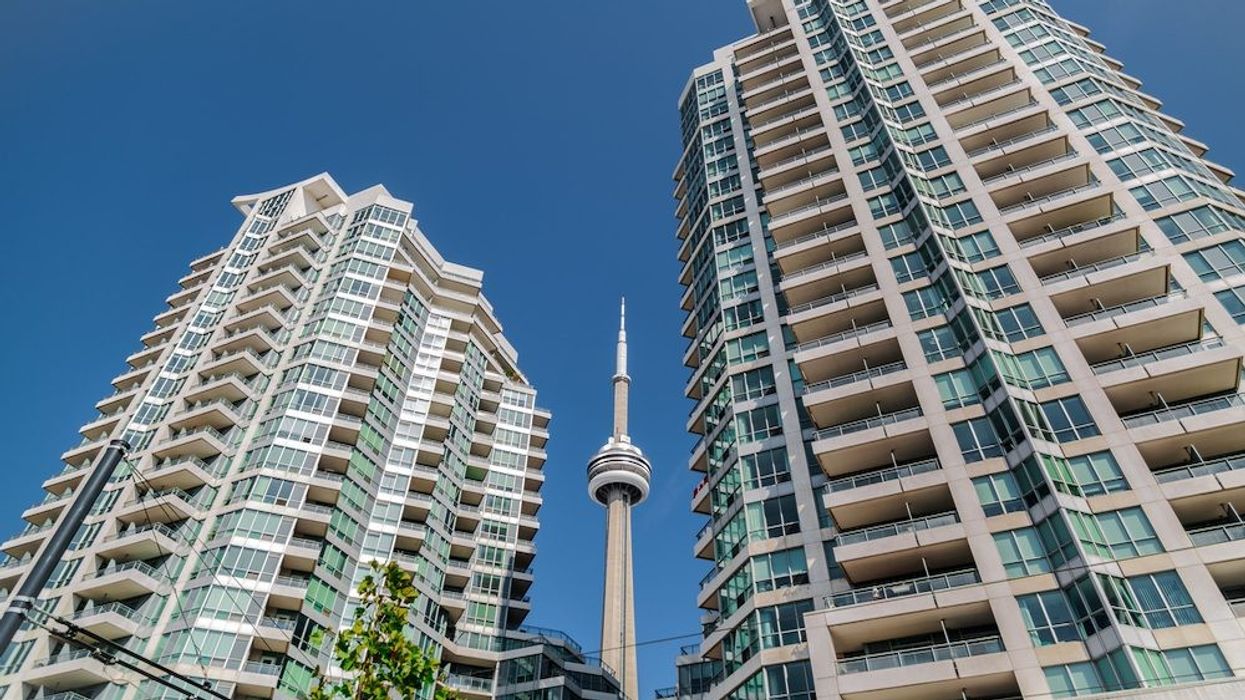The temporary province-wide rent freeze enacted to help give Ontarians financial relief as they dealt with the challenges of the pandemic has officially come to an end.
Last year, Ontario passed legislation to freeze rent at the 2020 level for most rented units covered under the Residential Tenancies Act. That came to an end as of January 1, which means for 2022, Ontario's maximum allowable rent increase under the provincial guideline is set at 1.2%.
The 1.2% represents the maximum most landlords can increase their tenants’ rent between January 1 and December 31, 2022, without the approval of the Landlord and Tenant Board (LTB).
Every year, the provincial government sets out the maximum allowable rent increases for the year to come in rent-controlled unity. Those increases are modest and tied to inflation. However, last fall, Minister of Municipal Affairs and Housing Steve Clark set the guideline increase at 0% to help rental households during the pandemic.
READ: Average GTA Rent Expected to Increase By as Much as 11% in 2022
The rent increase is based on the Ontario Consumer Price Index (CPI), a measure of inflation calculated monthly by Statistics Canada using data that reflects economic conditions over the past year.
So, What Does This Mean For Renters?
Those worried about their rent going up should know that increases in rent-controlled buildings are not automatic or mandatory. Landlords have to provide a proper 90 days' notice using an N1 form before the freeze is lifted to tenants that have occupied their units for 12 months or more for a rent increase that takes effect in 2022.
But with approval from the LRT, landlords can still be approved for an above-guideline increase under certain circumstances, such as after significant capital work -- like air conditioning or parking -- has been paid for and finished.
The guideline applies to most residential rental accommodations covered by the Residential Tenancies Act. It excludes rental units in buildings occupied for the first time after November 15, 2018, social housing units, long-term care homes, and commercial properties.
Tony Irwin, President & CEO of The Federation of Rental-housing Providers of Ontario (FRPO), previously told STOREYS that since the first lockdown, the vast majority of Ontario renters had paid their rent, and rental housing providers have offered deferred payment plans to those who have experienced difficulty paying their rent as a result of the pandemic.
"During this same period, rental housing providers have experienced considerable increases in operating costs, including property taxes, insurance and utilities," said Irwin. He runs the federation that's the voice of Ontario’s rental housing industry and is the leading advocate for quality rental housing.
Irwin believes that the rent increase guideline of 1.2% set for 2022 will help offset some of these increased costs, and for many residents, it will be the first time their rent has increased since 2019.
"FRPO members are committed to providing strong and stable rental housing and will continue to work with residents who experience difficulty paying rent as a result of the pandemic," added Irwin.
According to Rentals.ca, the average rent in the Greater Toronto Area reached $2,167 in November, and in Toronto alone, rents are projected to hit $2,495 per month by the end of the year -- an annual increase in average rent of 11%.





















